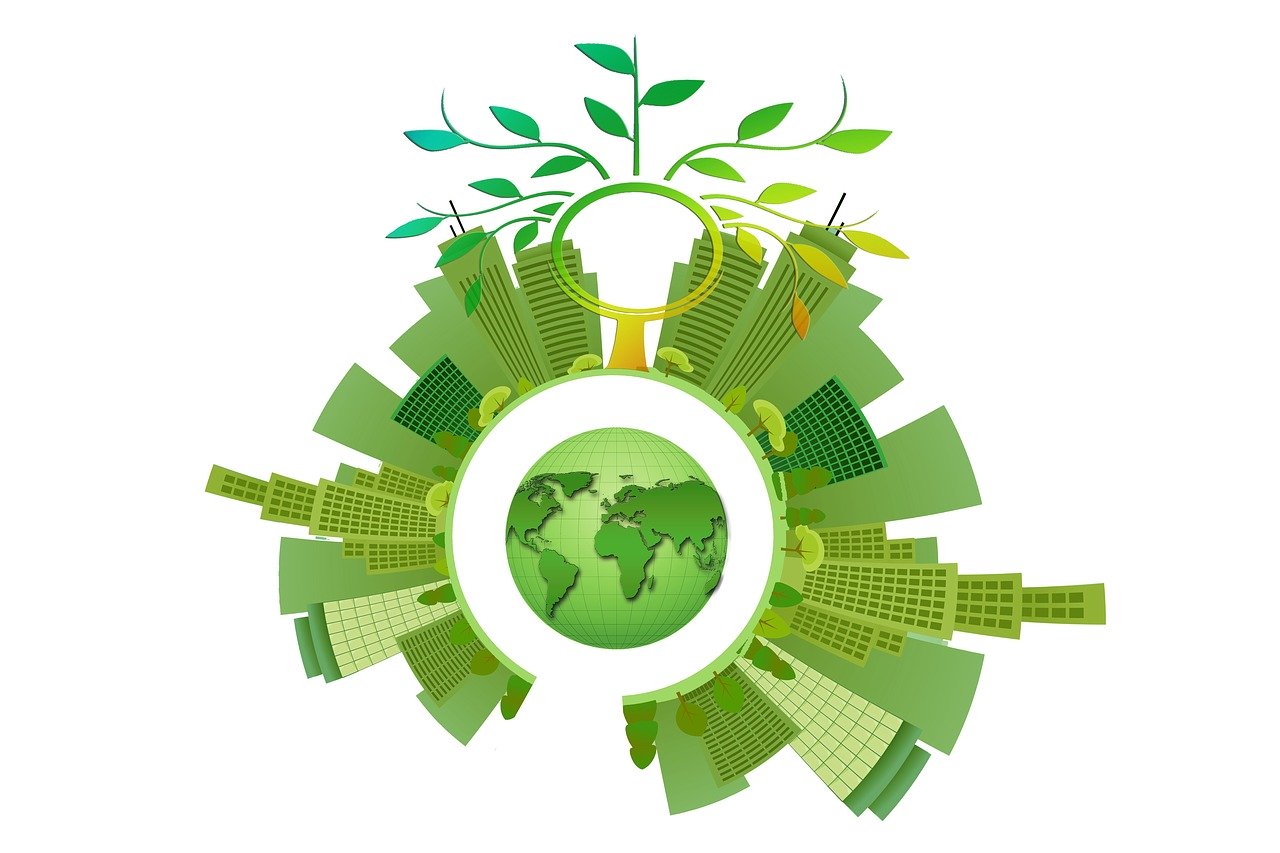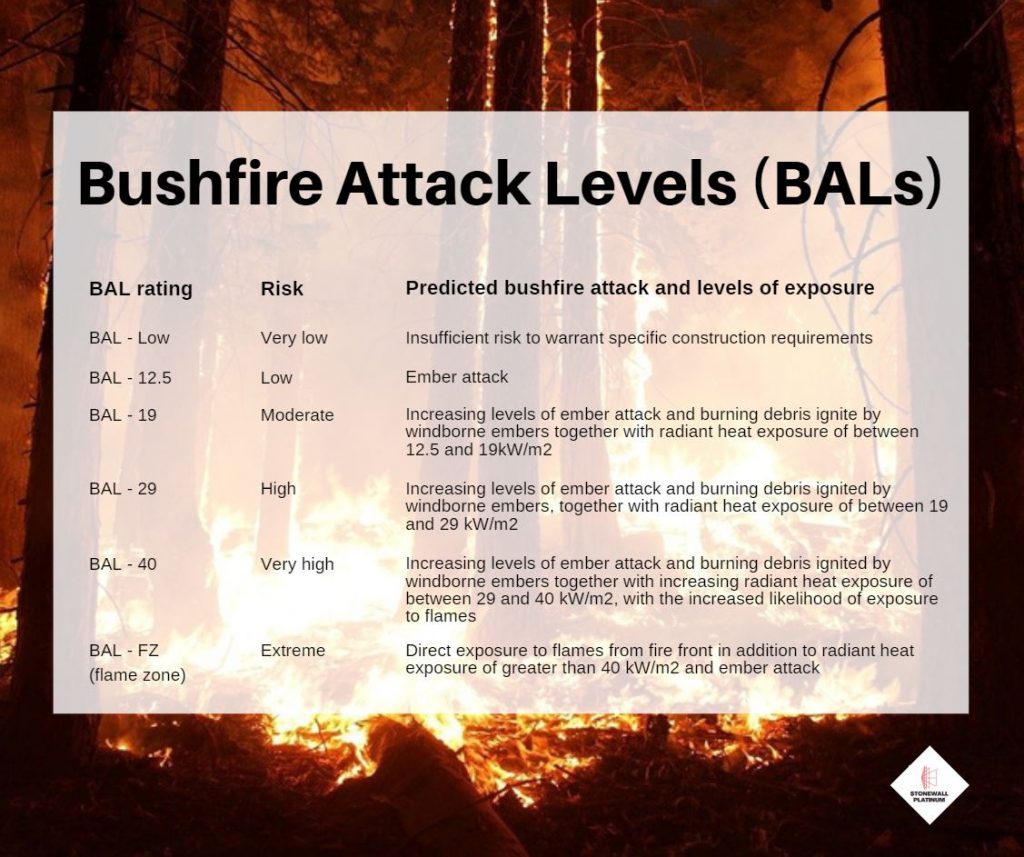What Is Green Building and How to Build Green?
Look at these 5 iconic sustainable buildings in Australia – striking and beautiful, but you may not have realised that they are built with sustainability in mind. Here at Stonewall Platinum, we are excited about finding innovative ways to build sustainably so we can live harmoniously with the environment. The benefits of sustainable construction go beyond environmental friendliness, building green and building responsibly is also good for our health and well-being.

What is the Problem?
The problem is huge. Let’s look at some statistics.
- The United Nations estimates that cities generate 70% of the world’s carbon emissions.
- Our built environment is currently the world’s single largest contributor to energy-related greenhouse gas emissions at 30%.
- The building sector is also responsible globally for 40% of annual energy consumption.
Is There a Business Case for Building Green?
An important element of sustainable construction is about building “green” a.k.a. the green building industry. For those with a business mind, the business case for green building projects is strong:
- Think about long-term cost savings (both operating and capital costs) when bidding for a project
- Enjoy being recognised as an innovative industry leader
- Stand out in a competitive market with a product that offers a unique selling proposition such as a healthier workplace.
Different Niches in the Green Building Industry
Over the years, the green building industry has grown significantly in Australia and the industry has now included many specialisations. According to Austrade, here is a list of examples of green building niches that Australian companies specialise in:
- Masterplanning and precinct planning
- Sustainable building design
- Innovative Environmentally
- Sustainable Design engineering
- Project management and technical services
- Water capture, saving and storage systems
- Energy-efficient lighting, heating, ventilation and air-conditioning
- Insulation – including thermal mass regulation products
- Energy-efficient hot-water systems – including solar and heat-pump systems
- Building management systems
- Provision of recycled, low toxicity and modular building products for construction.
As the green building industry continues to evolve, there will be more exciting innovations taking place and business opportunities becoming available.
What Does a Green Building Look Like?
You may ask “What makes a building green?“. There are many features that make a building green. Here are some examples:
- Energy efficiency
- Greenhouse gas emission reduction
- Water conservation
- Waste reuse and recycling
- Pollution prevention – noise, water, air, soil and light
- Enhanced biodiversity
- Reduced natural resource consumption
- Productive and healthy environments
- Flexible and adaptable spaces.
How Many Green Stars Can You Get?
Launched in 2003, the Green Building Council of Australia has developed the Green Star environmental rating system for Australian buildings, which provides independent certification through a 6-star system to verify that a building or community project is sustainable.
This rating system incorporates the learnings and practice from other countries such as the US and UK and is recognised internationally.

What Can We Do?
While building green and advocating for sustainable construction often requires a collective effort with a collaborative spirit, there are steps that we can take individually to support the sustainable construction movement.
In this article we talk about the 2 key areas: construction methods and building materials that we can focus on.
And indeed, intentionally choosing building materials like non-combustible volcanic rock wool insulation products, which have the approval of the Green Building Council of Australia is a great way to start building green and sustainably.


